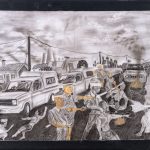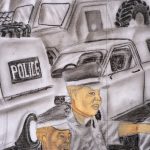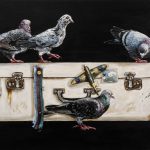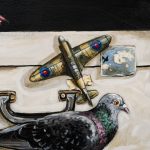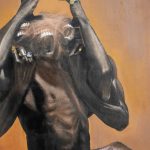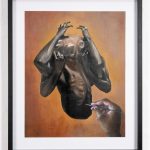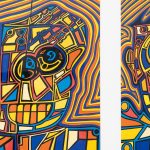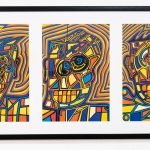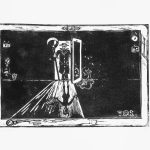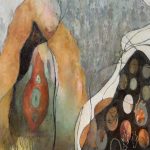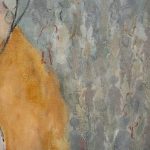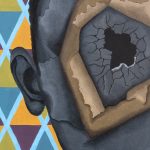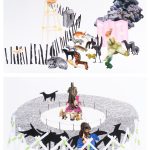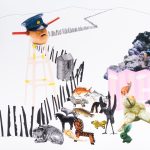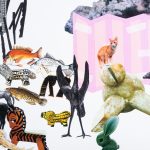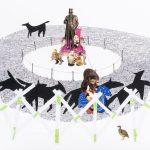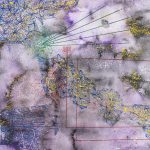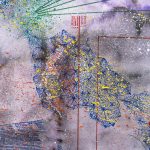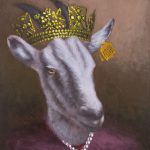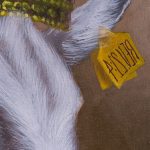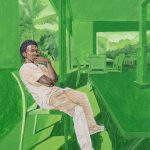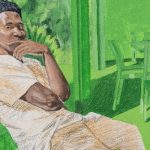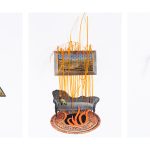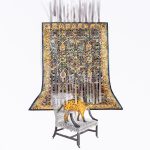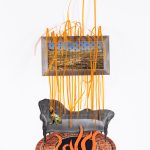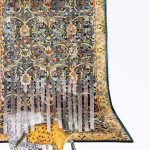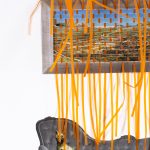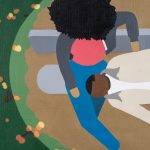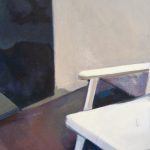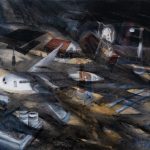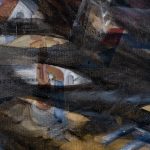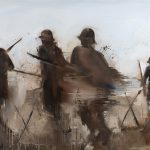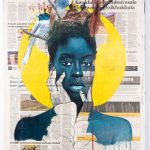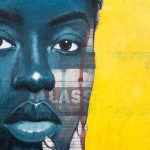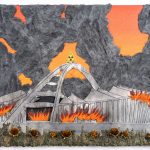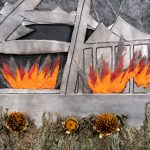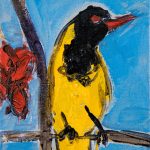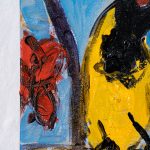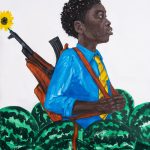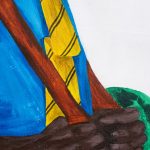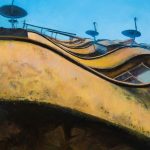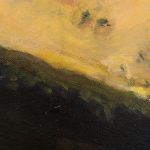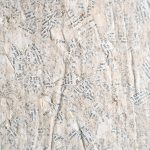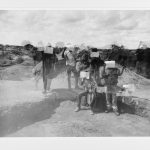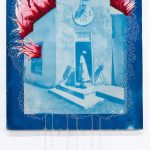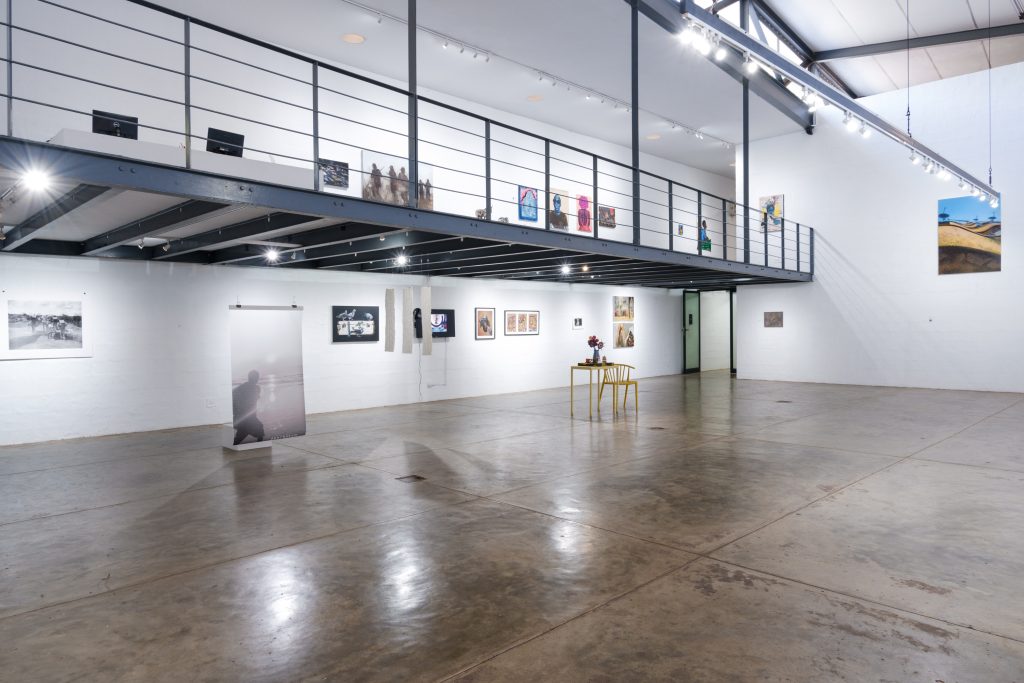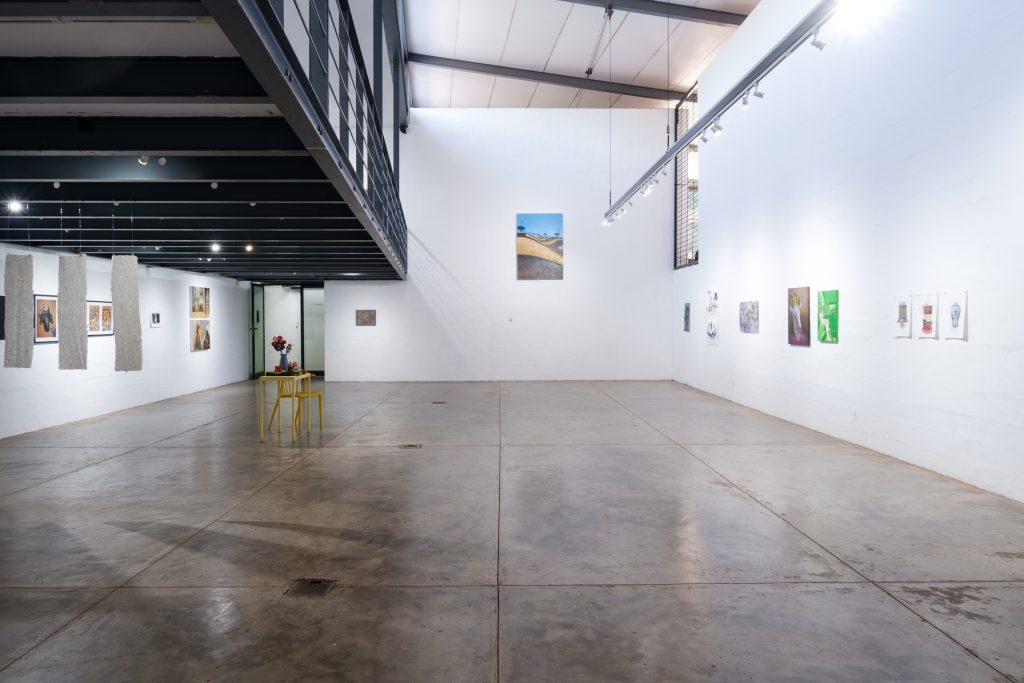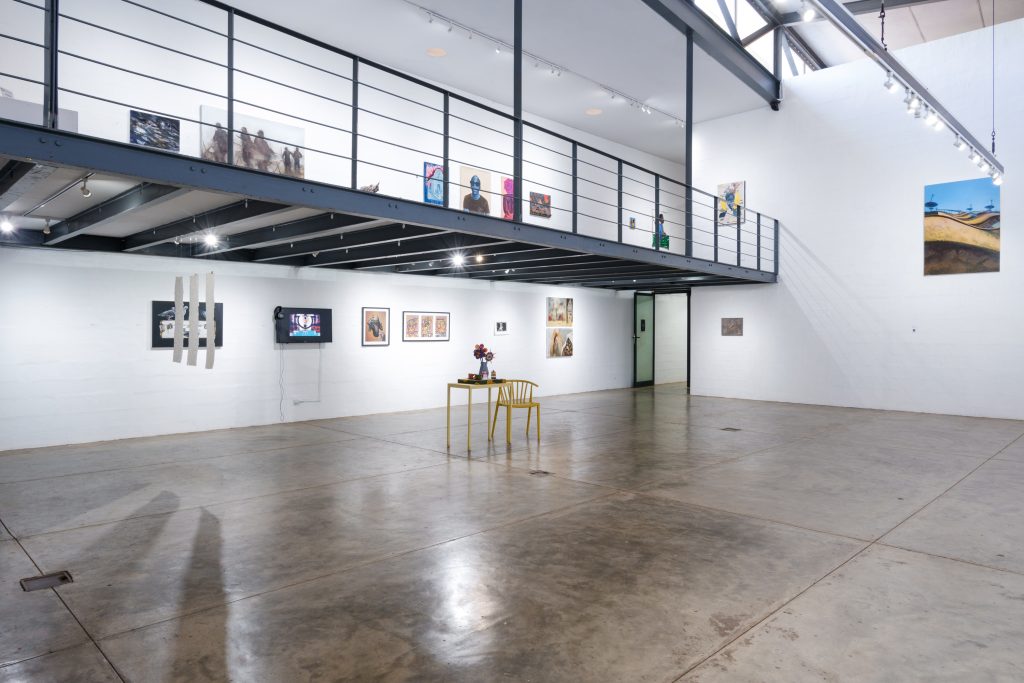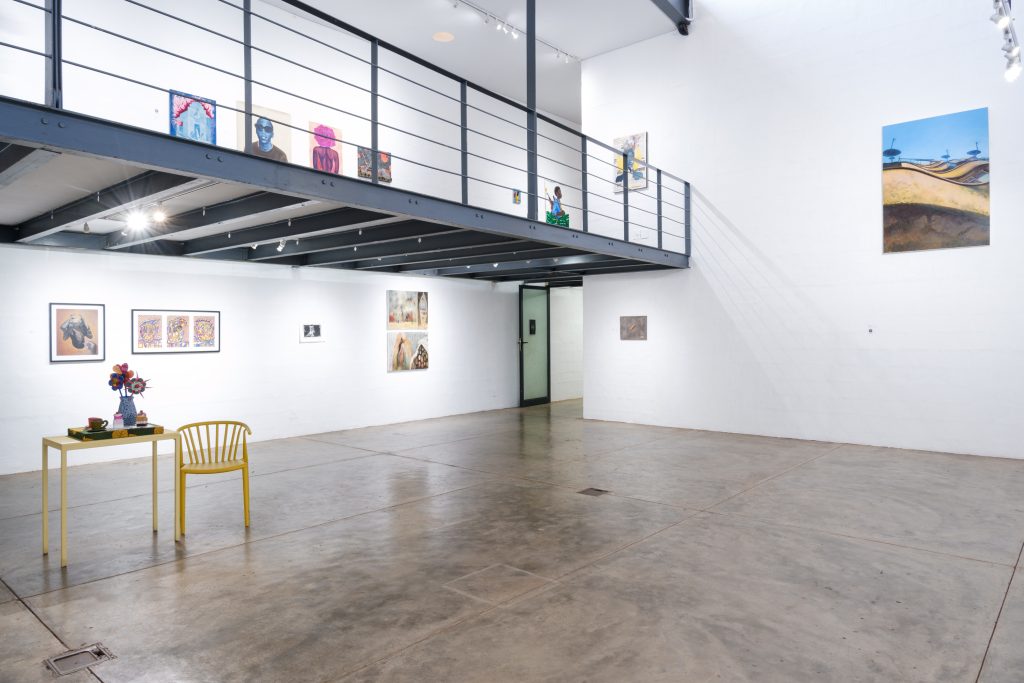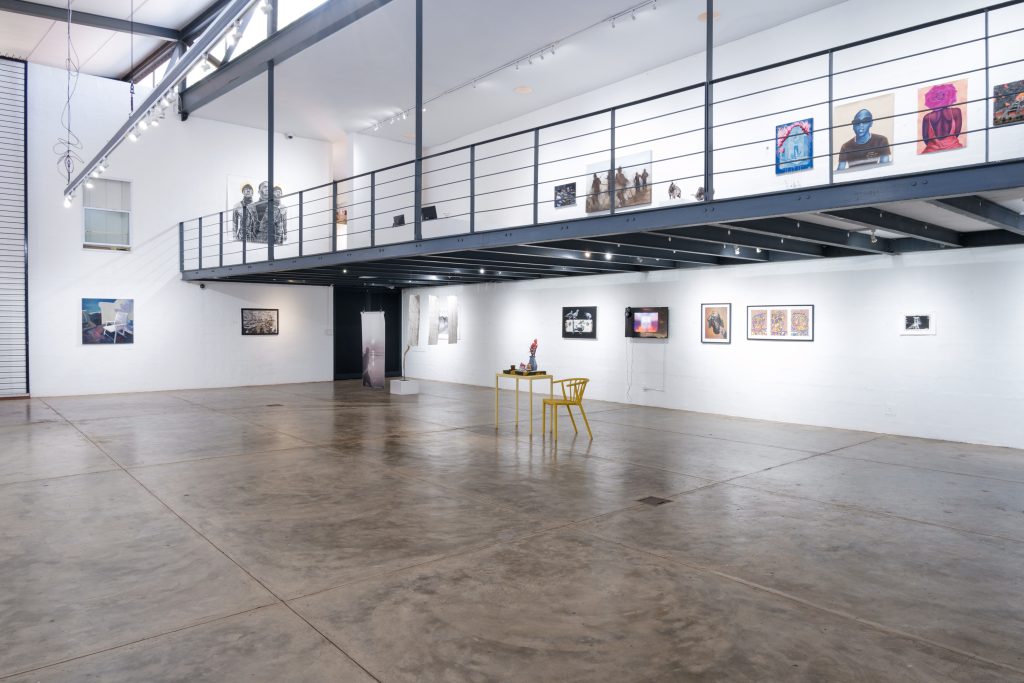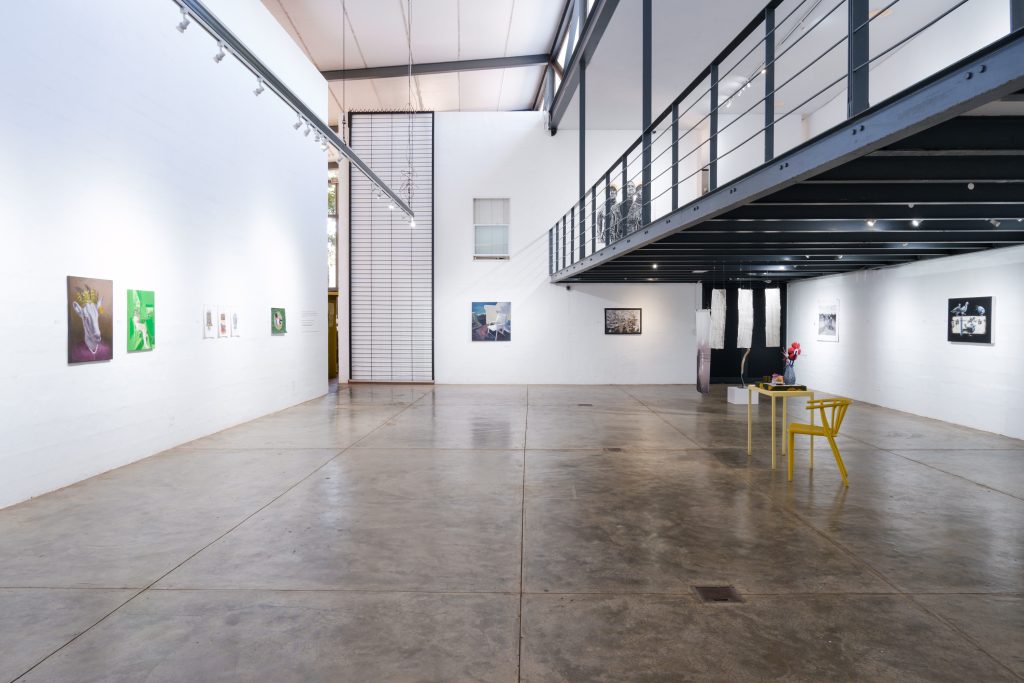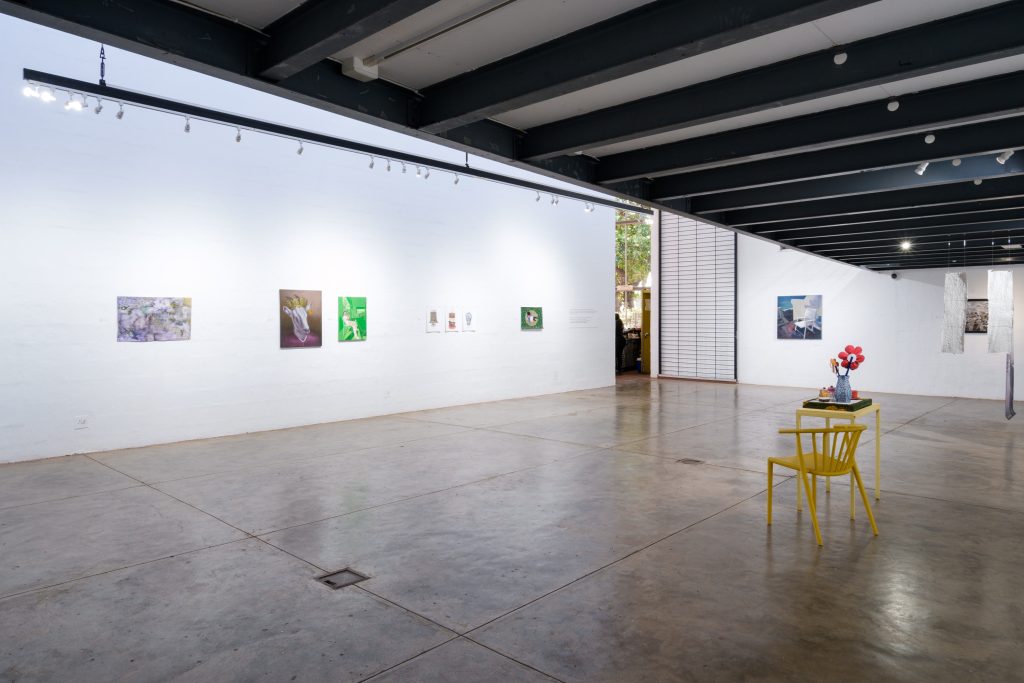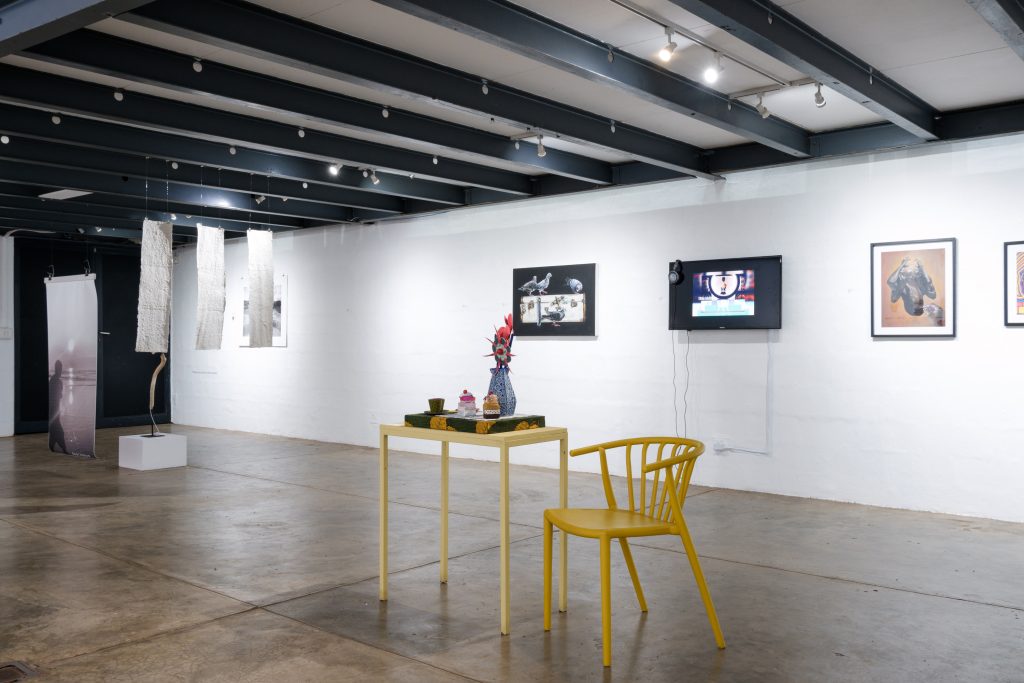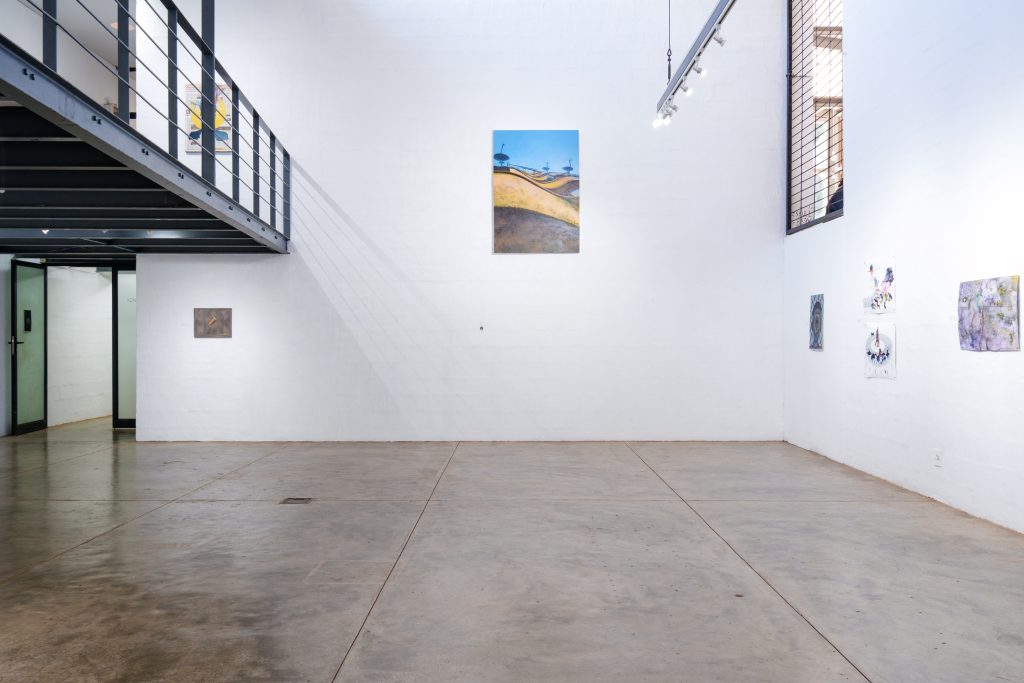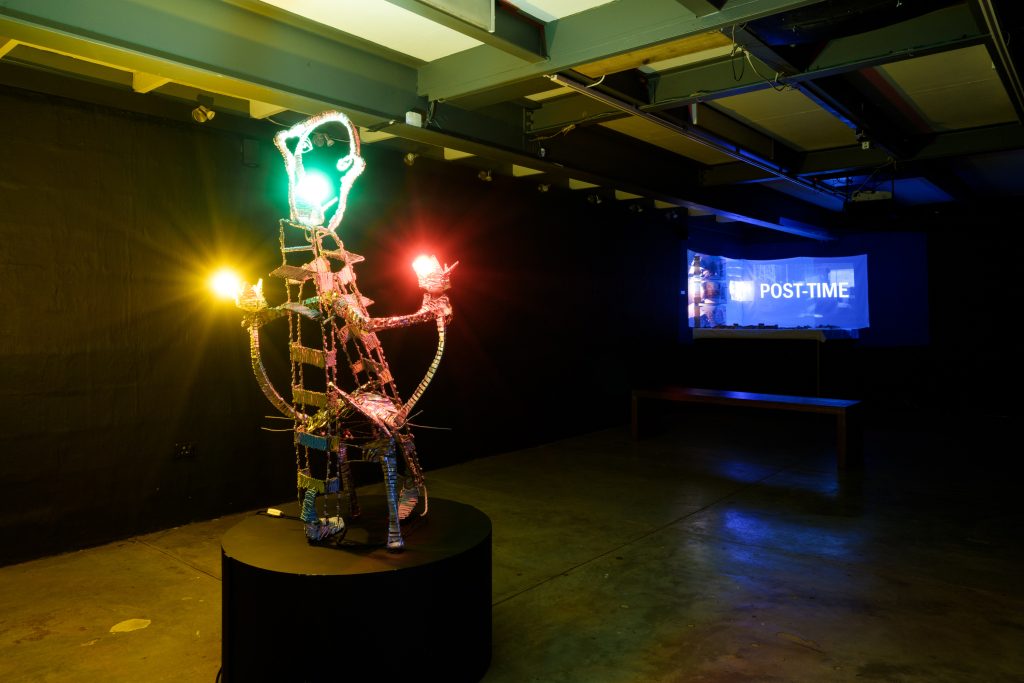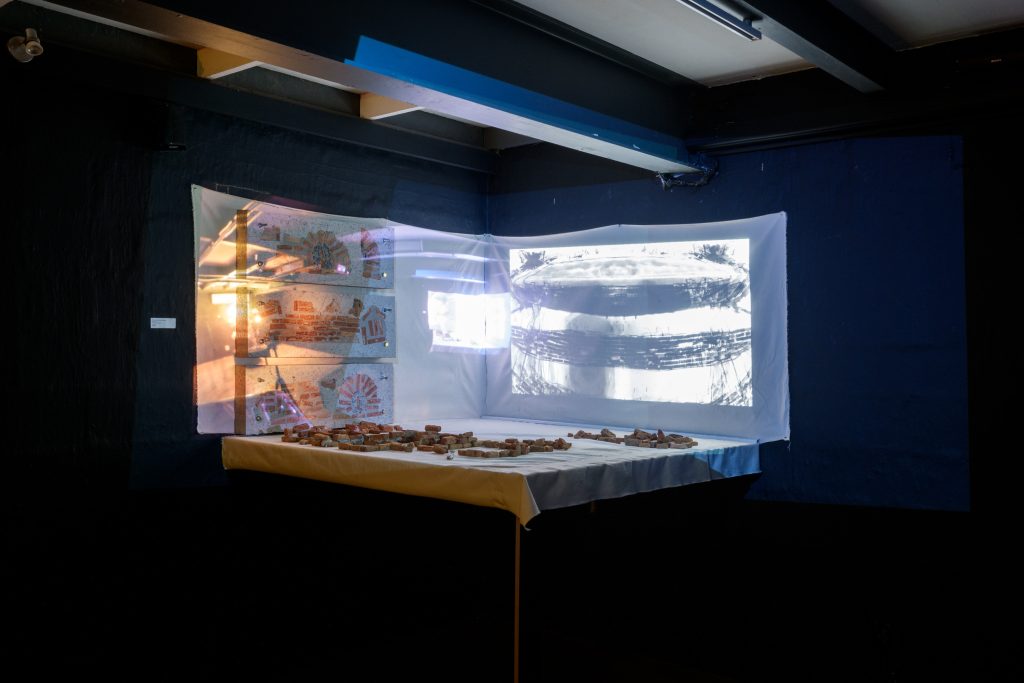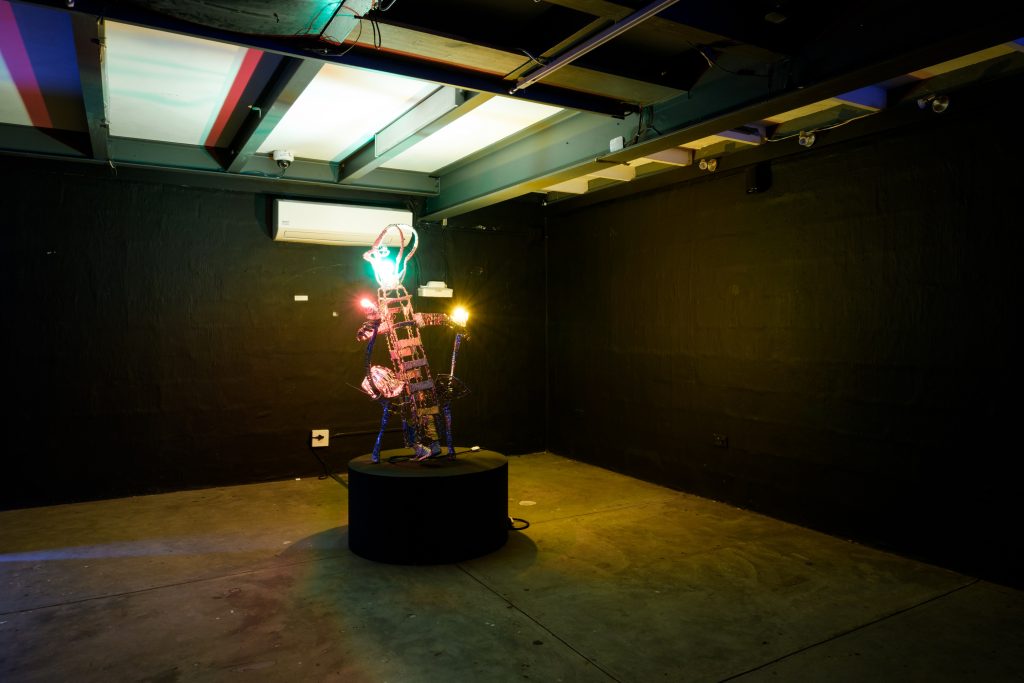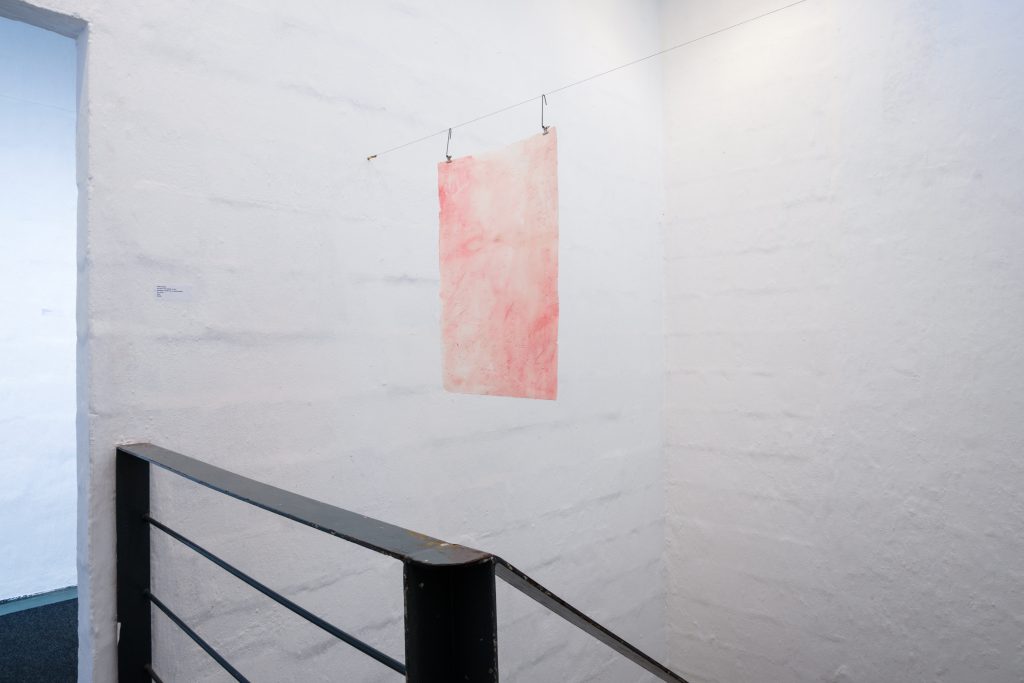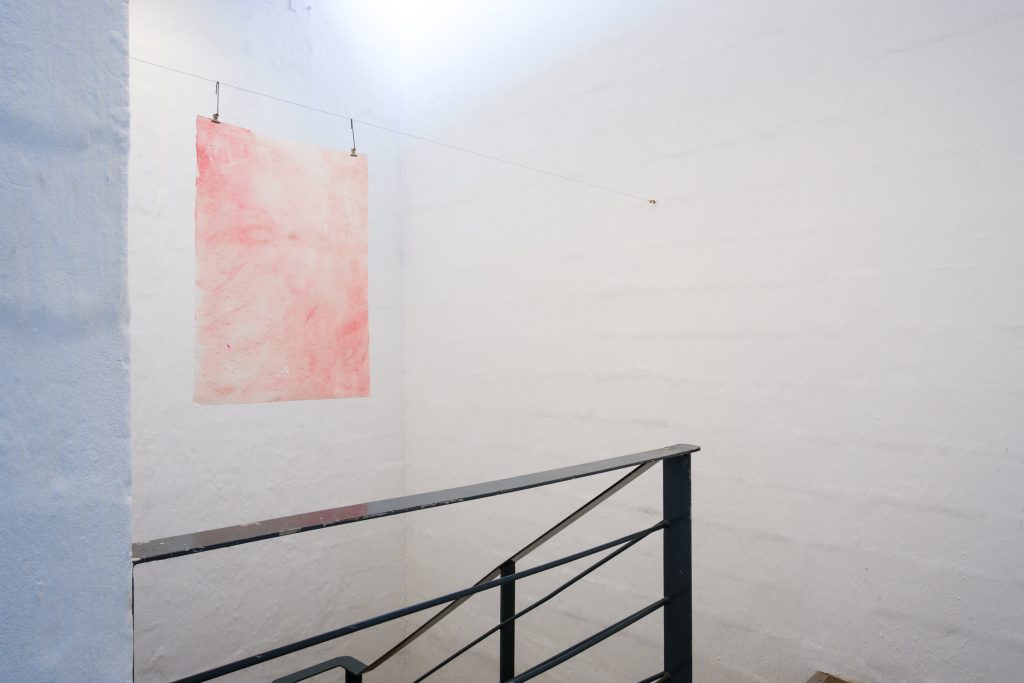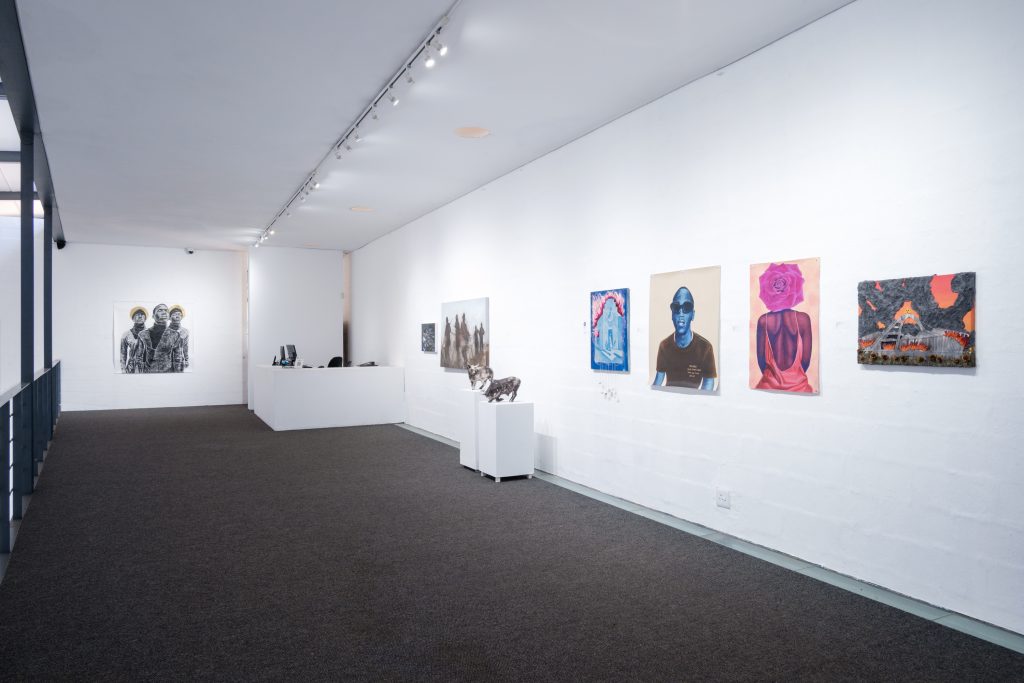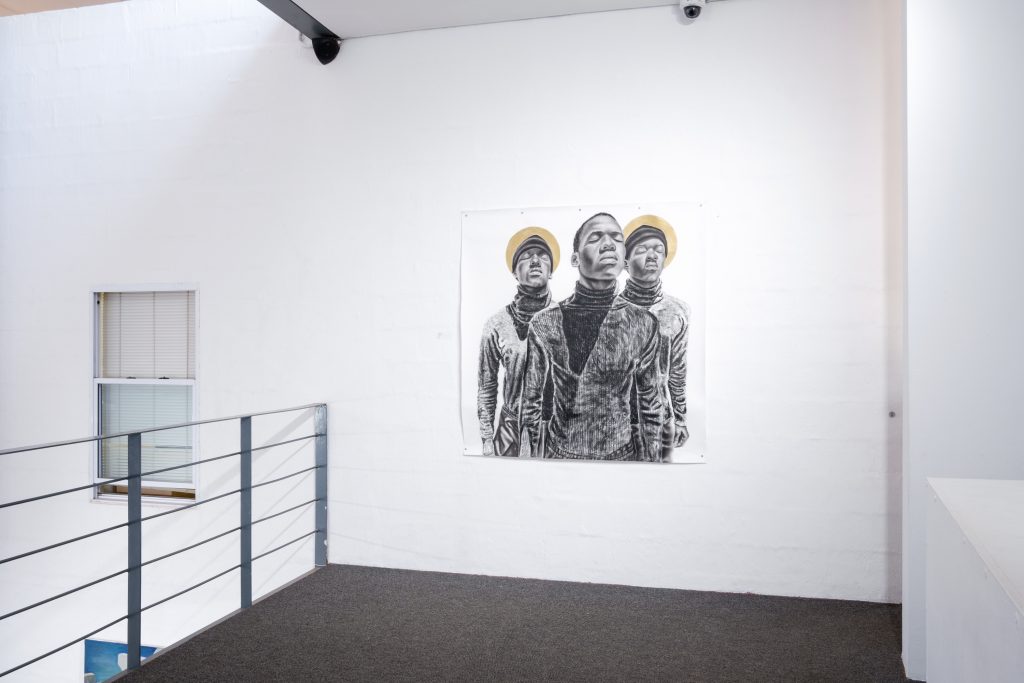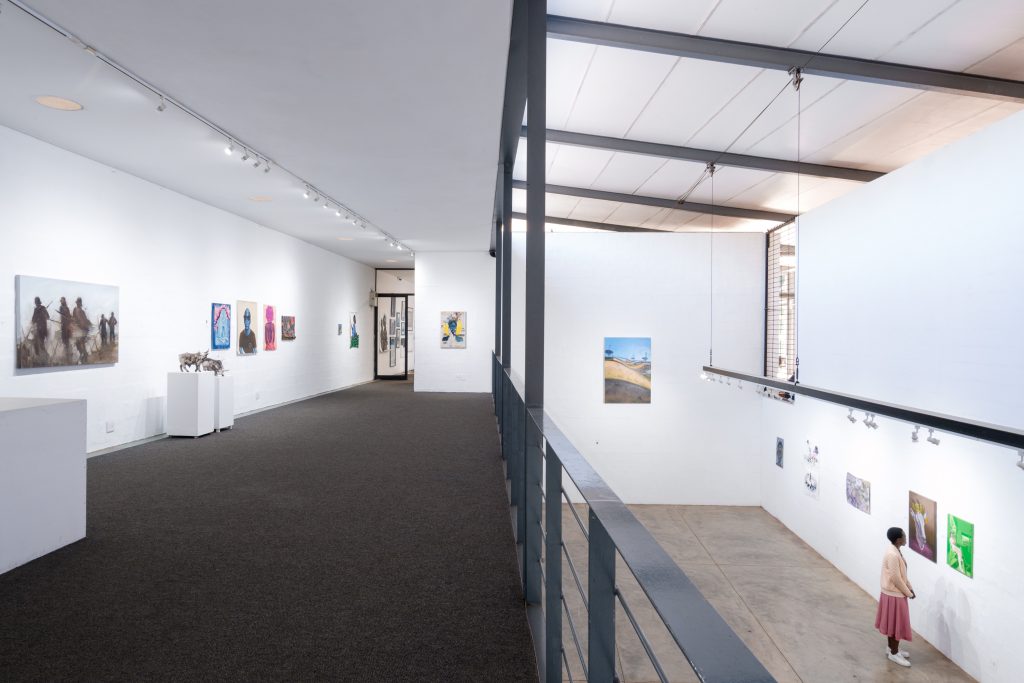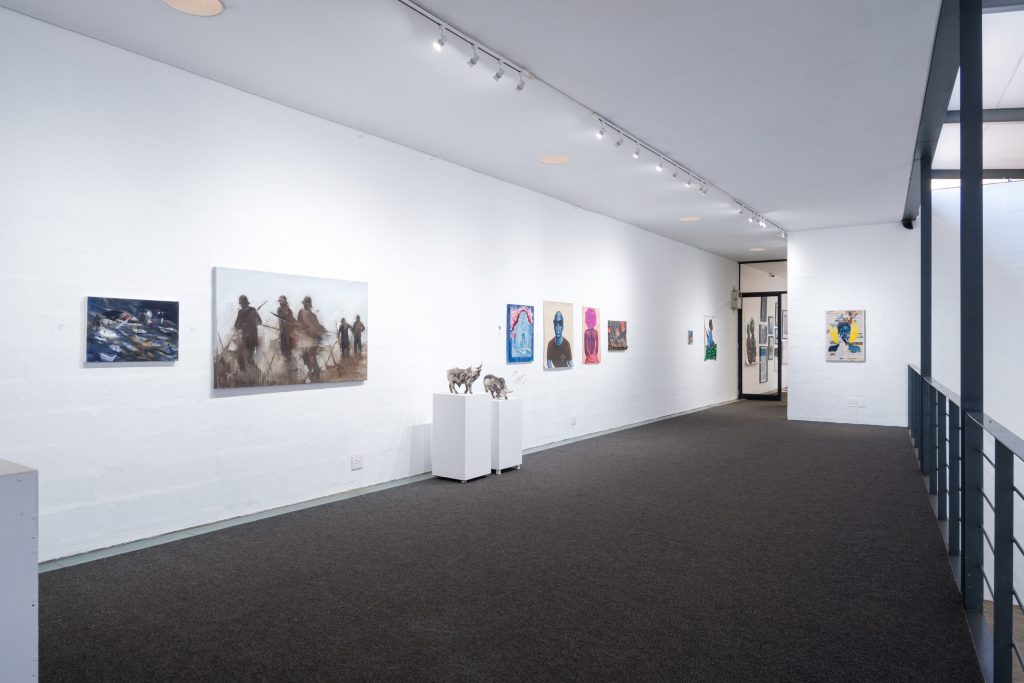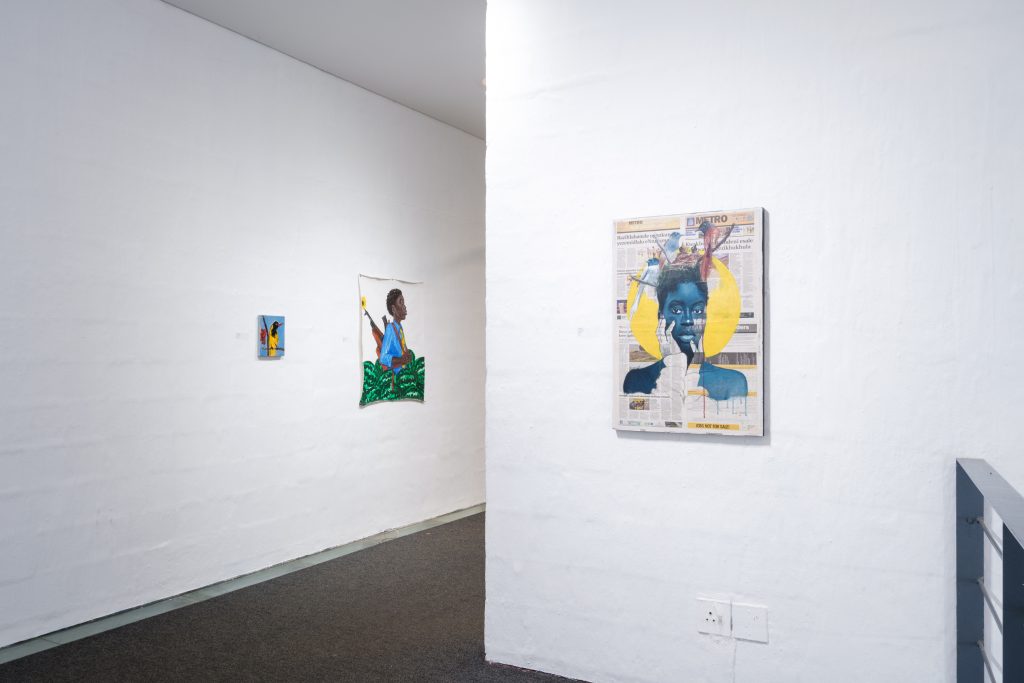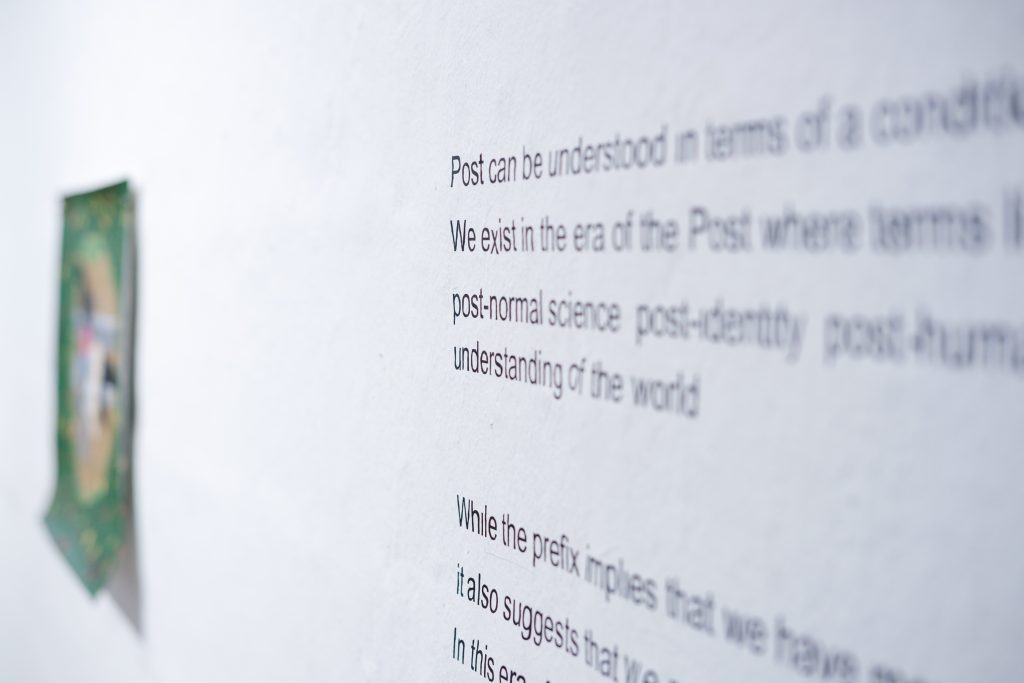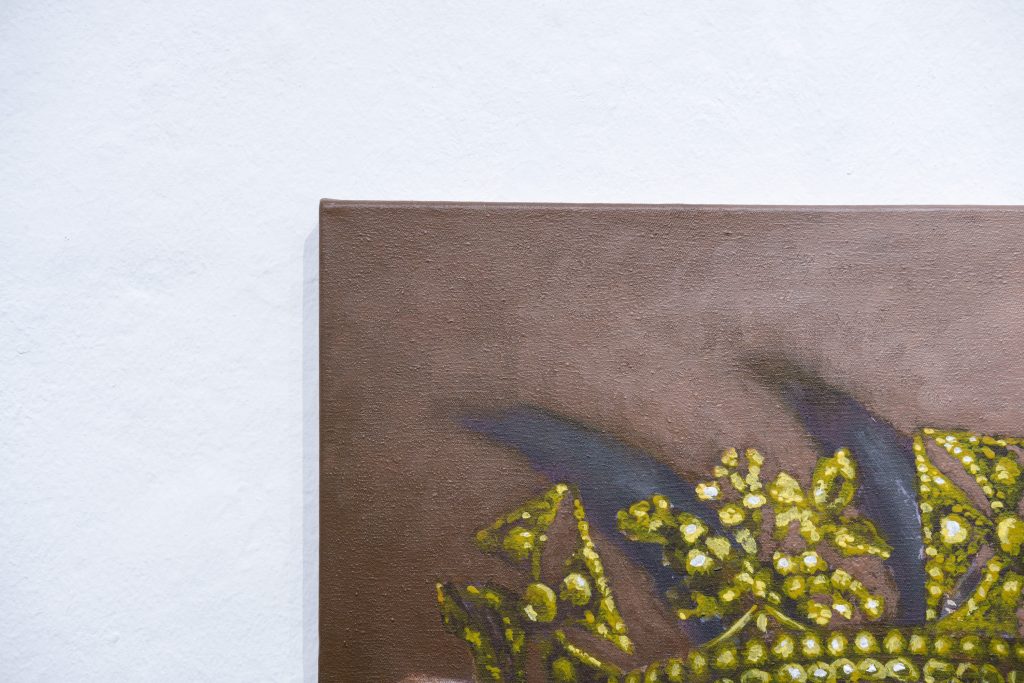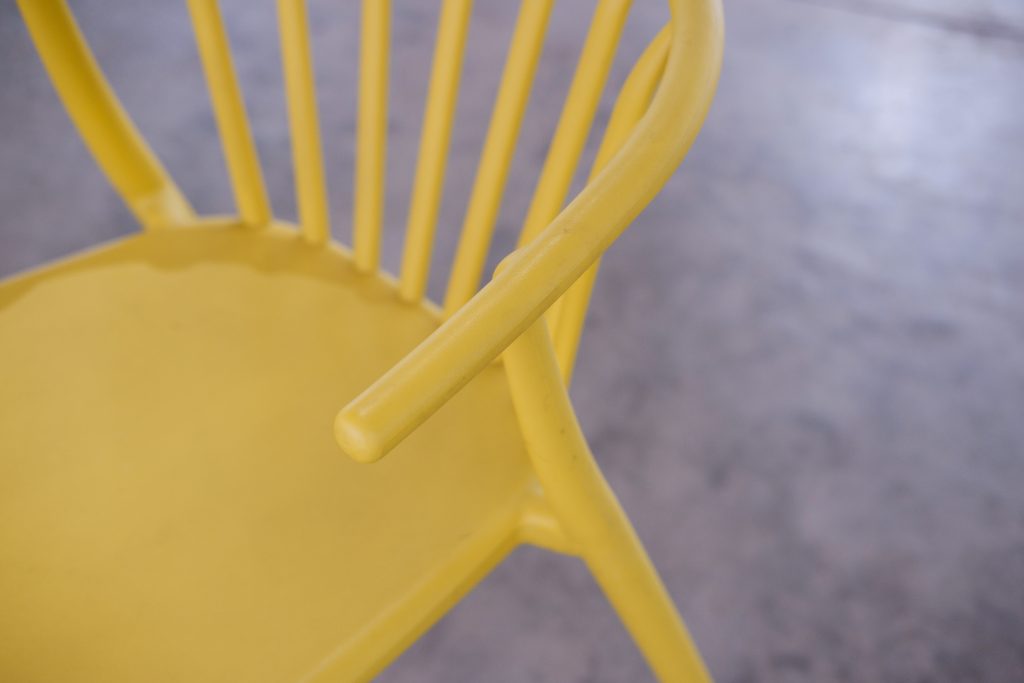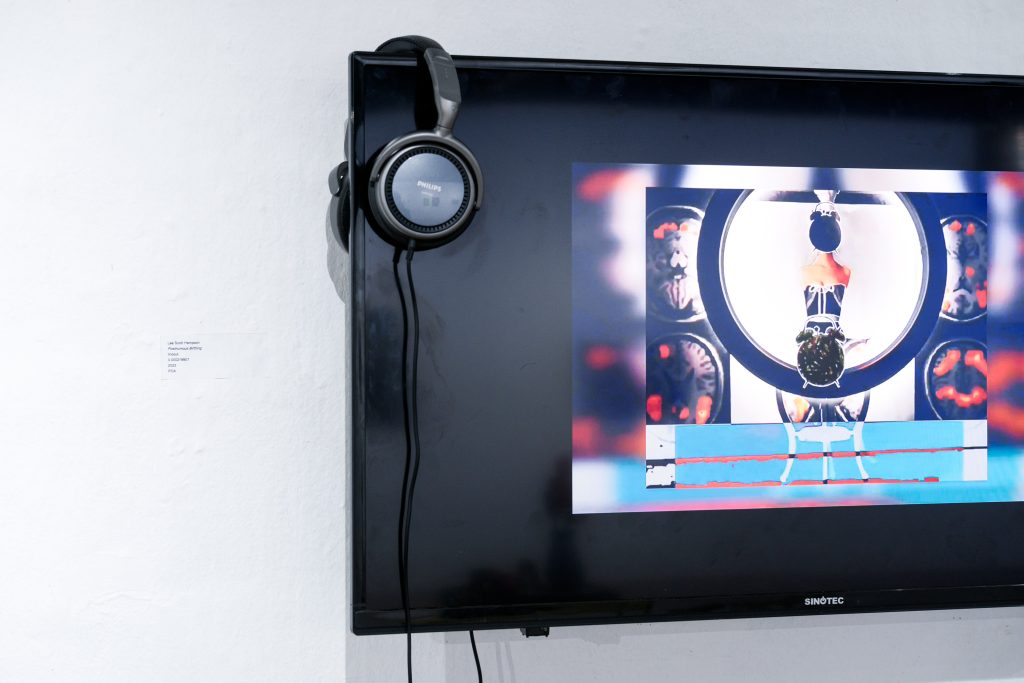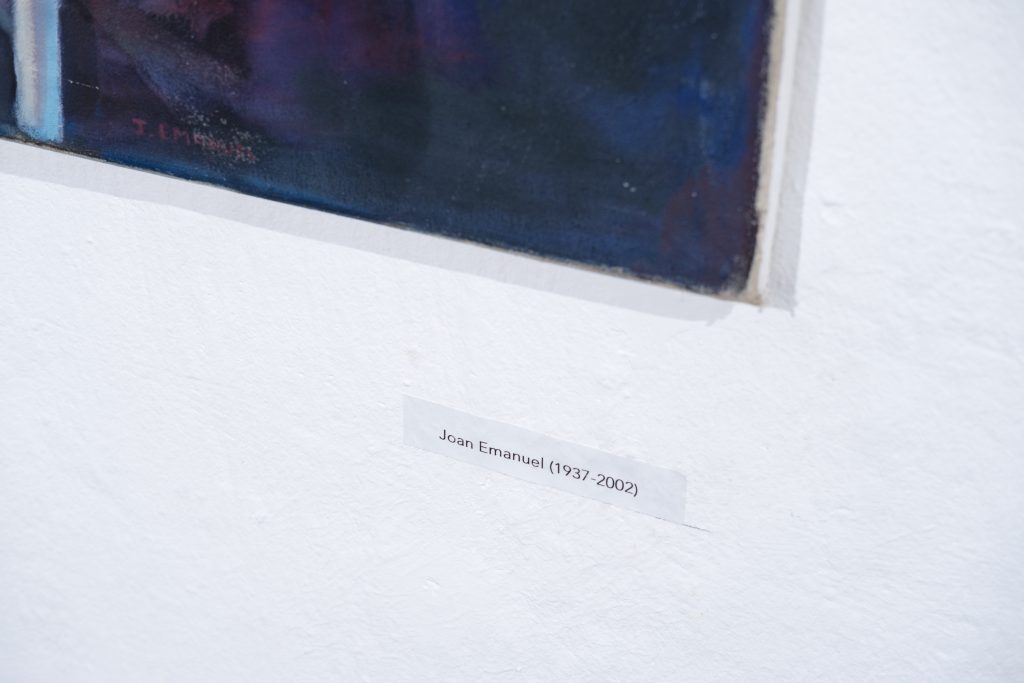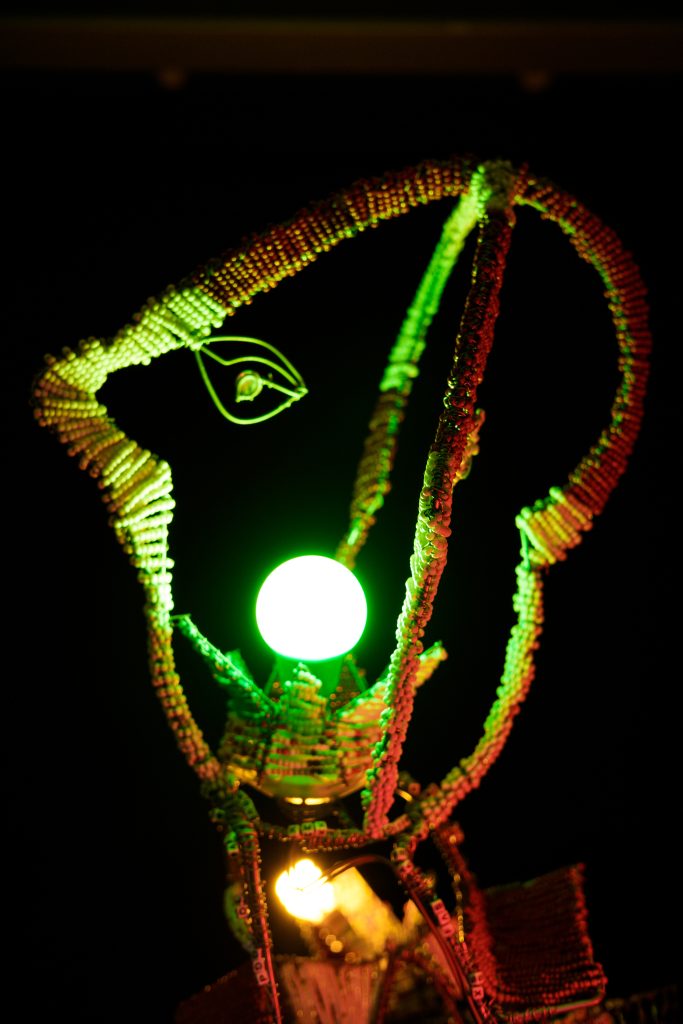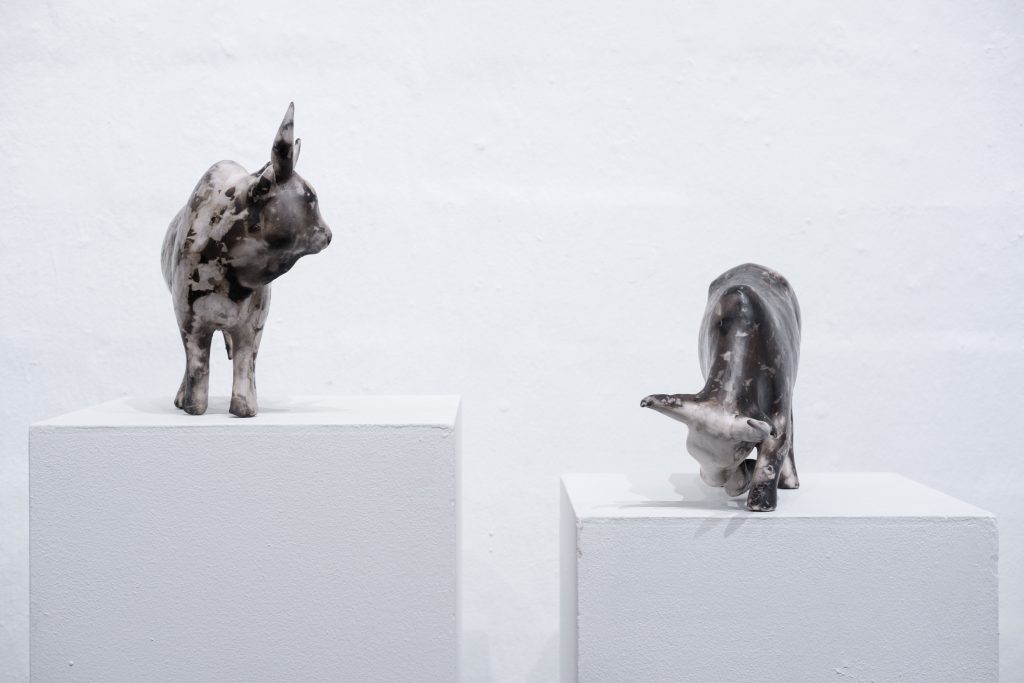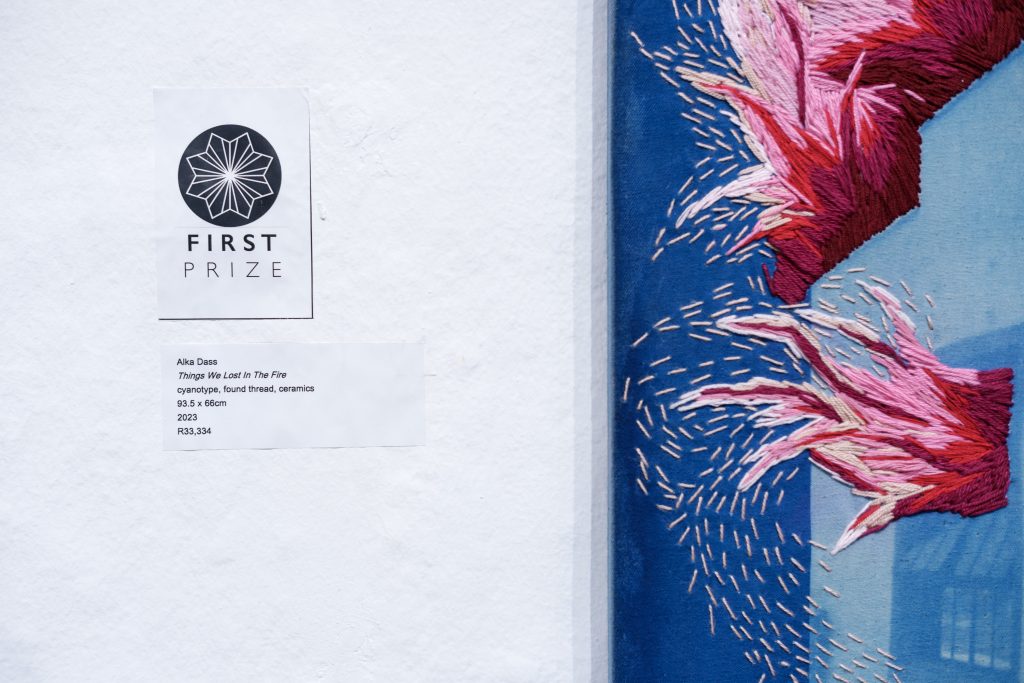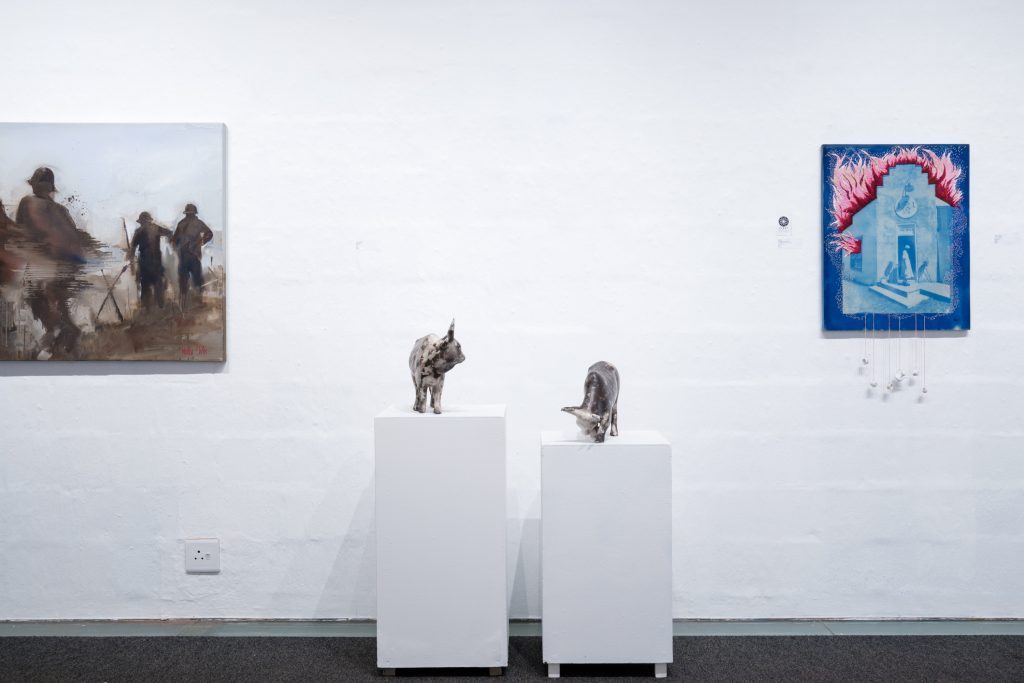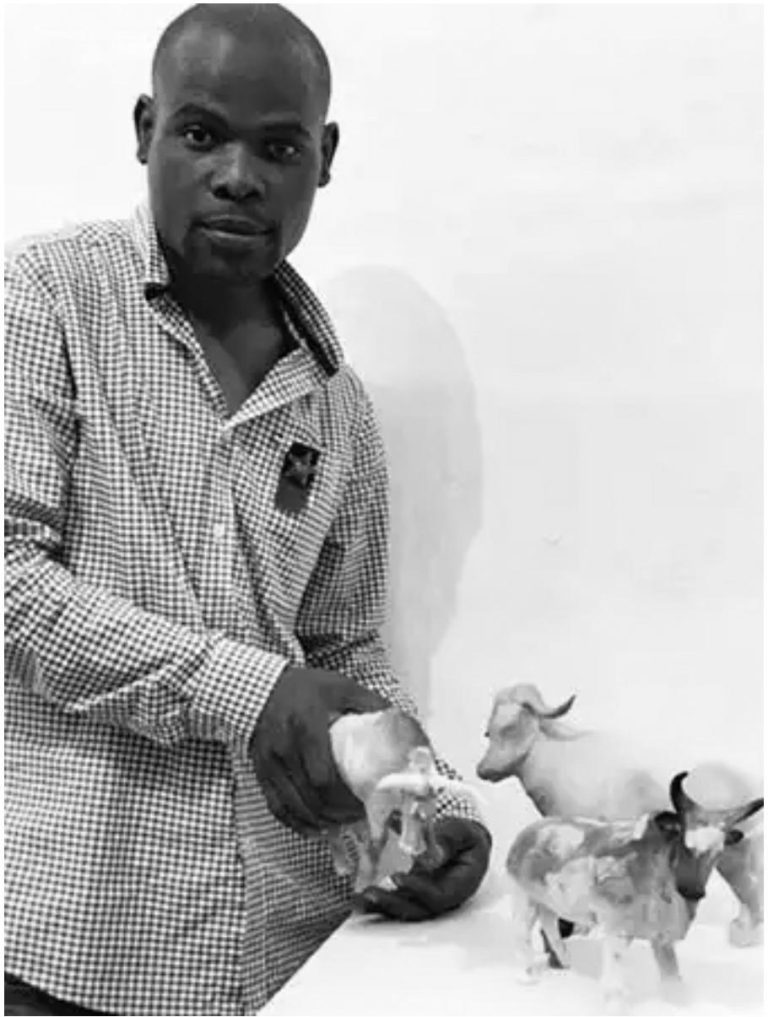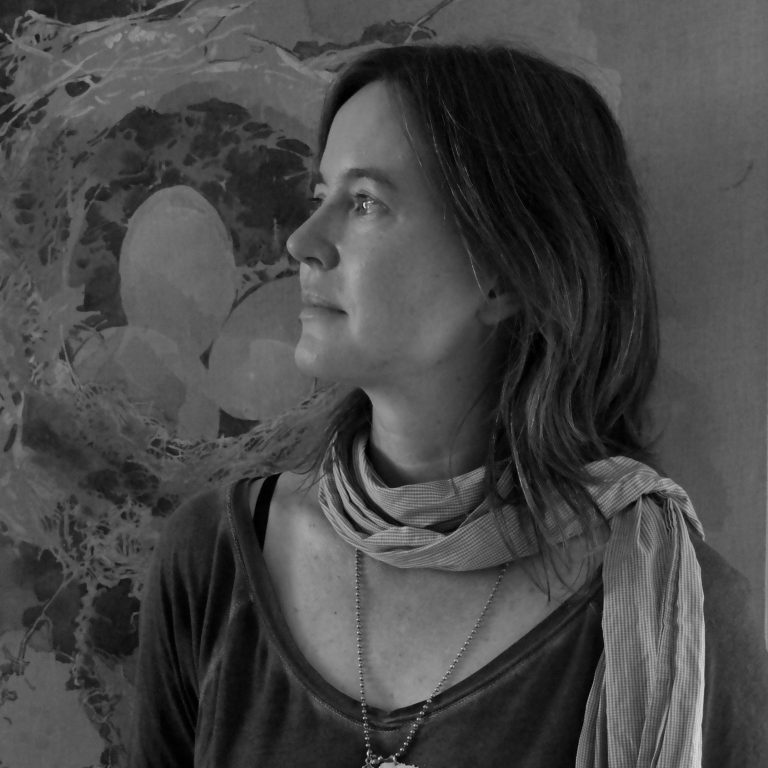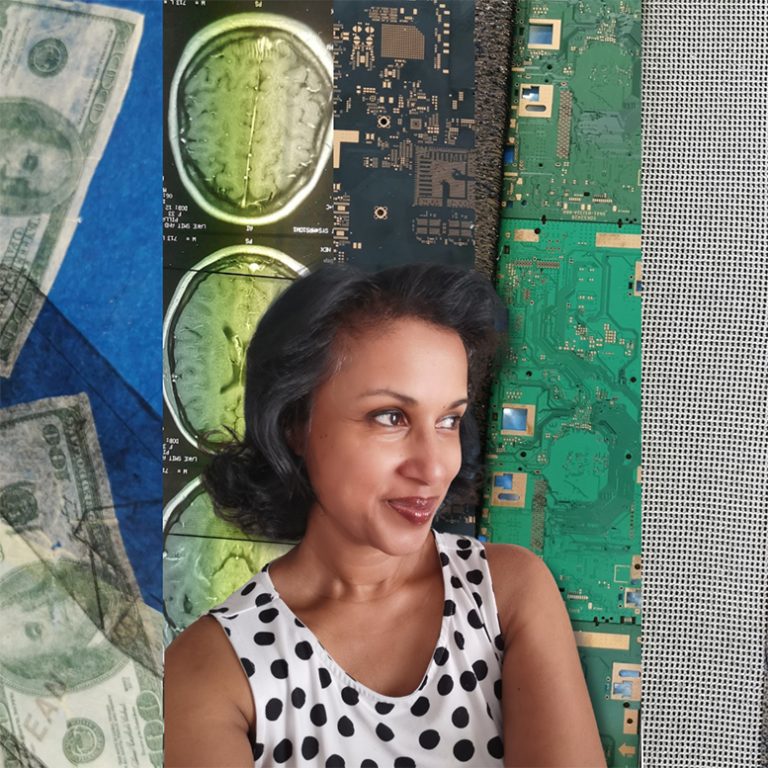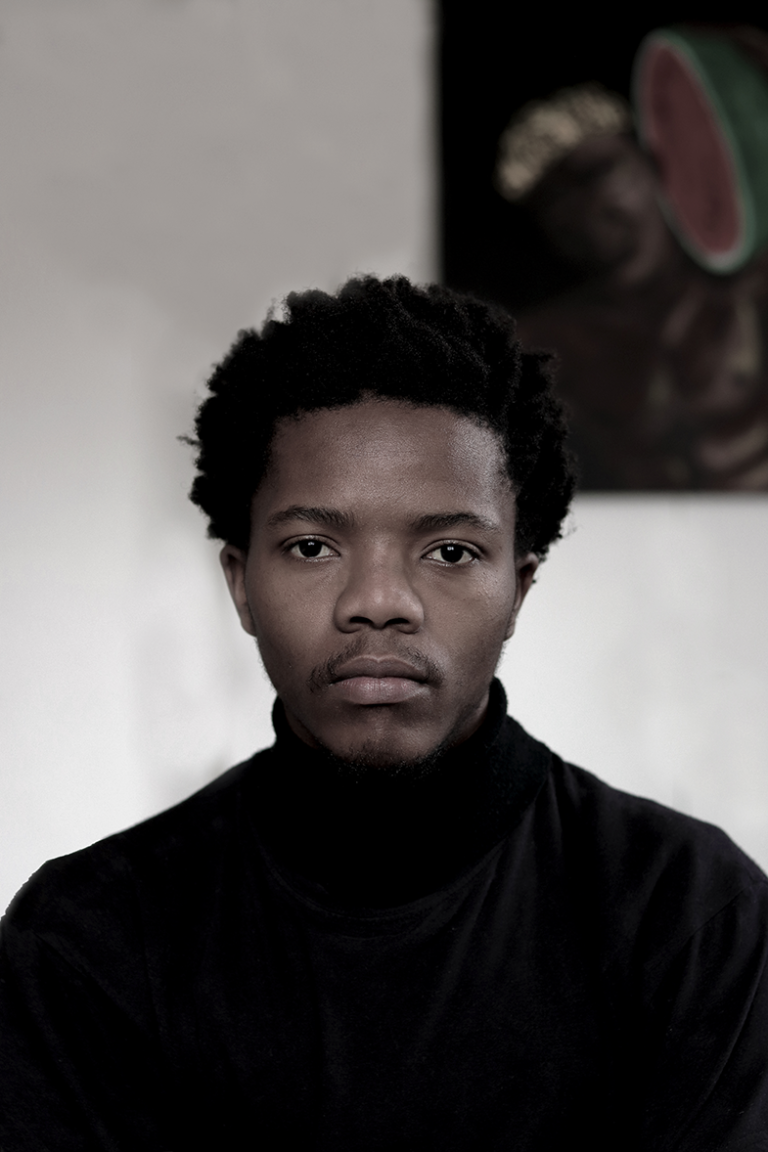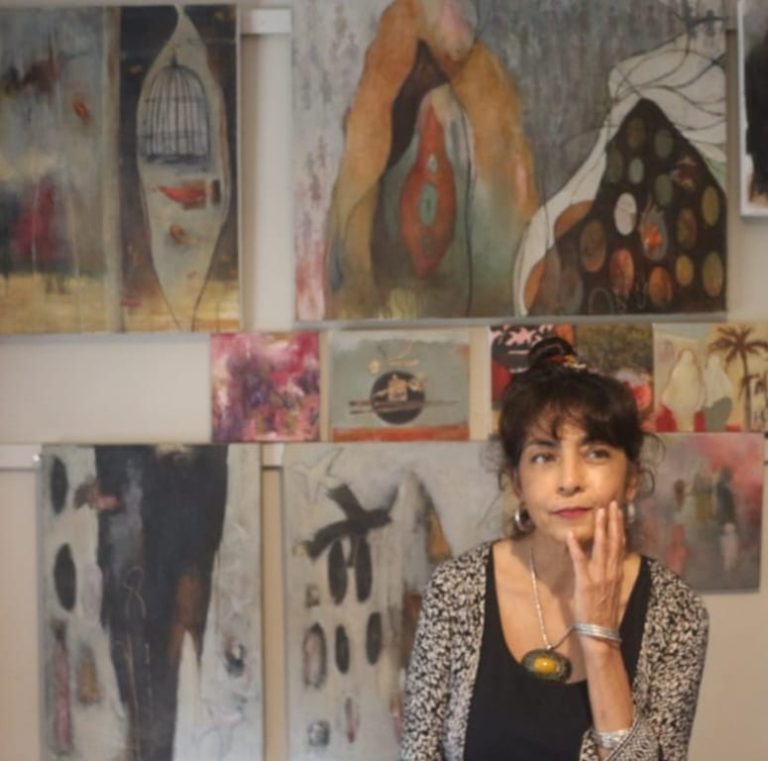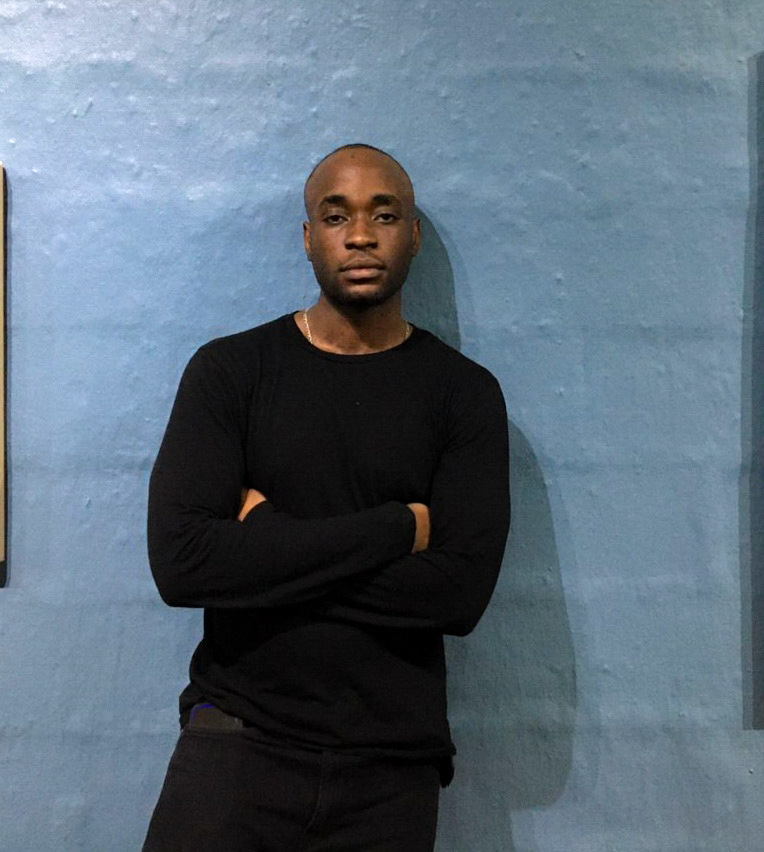2023 KZNSA ANNUAL MEMBERS’ AWARD
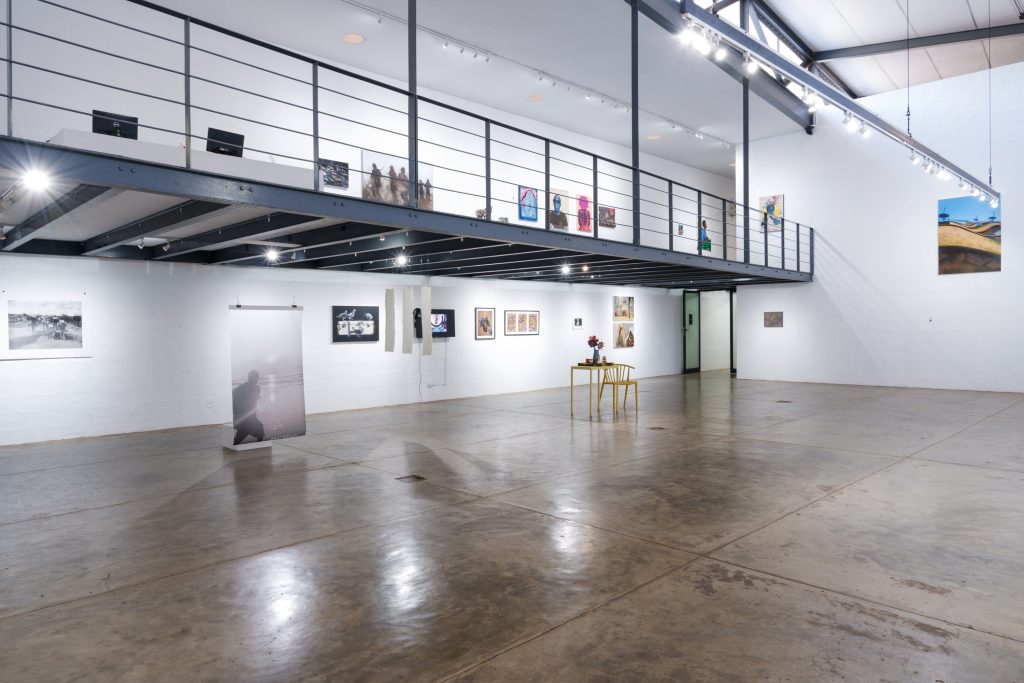
Date
Artists
Rohini Amratlal
Jessica Bothma
Carla da Cruz
Alka Dass
Alvin Sihle Inensiko
Grace Kotze
Robin Moodley
Manelisi Nene
Siphesihle Ntsungwana
Phumlani Nyawo
Nicole Pletts
André Rose
For more Info, contact us on: gallery@kznsagallery.co.za
Artists submitted works based on the theme ‘POST’.
POST
Post can be understood in terms of a condition or state of being as well as an action. We exist in the era of the Post where terms like postmodernism, postcolonialism, post-nationalism, post-normal science, post-identity, post-humanism and post-covid frame our interactions and understanding of the world. While the prefix implies that we have moved beyond or left something behind, it also suggests that we remain tethered to it in the present. In this era of the ‘post’ we interact with the world by posting information on social media platforms, blogs and websites. How does this condition and method of interacting inform our visual language and visual landscape? The KZNSA invited members to submit work that engages with the theme of ‘post’ broadly in relation to their own practice for the Annual Members’ Award.
The following sub-themes were suggested for ways in which the broader theme could be interpreted further by artists:
Post-covid/after the new normal
During the height of the Covid 19 pandemic, we spoke of adjusting to a new normal, in the current post-covid period we still speak of returning to a pre-covid normal. While navigating the world in the aftermath of covid, we find artists reflecting on their own realities and how these have changed in the aftermath of covid. What does normal look like after covid-19?
Post-identity
Markers of identity previously considered as objective truths have been destabilized. Artists could reflect on what this means in relation to identity politics and issues of class, gender, race, religion and culture (and their intersections).
A post-traumatic social condition
We speak of the individual who suffers from post-traumatic stress disorder because of violence, loss or extreme events. When considering the idea of post-trauma in terms of the individual, it is also possible to consider the post-traumatic condition of a nation, a country or the world. Artists could engage with the individual and/or collective post-traumatic condition within their practice.
Post-apocalyptic futures
Practitioners within the arts reflect on current events and serious concerns such as climate change, social inequality, and pending crises in order to imagine the future, many of these imaginings depict post-apocalyptic realities. These images of post-apocalyptic futures also serve as warnings. If we do not address crises of the present, we may well find ourselves trapped in frightening pictures of the future.
Post-disaster and the aesthetics of the aftermath
Globally we find ourselves in the aftermath of the covid pandemic. Locally within the context of Kwa-Zulu Natal, we find ourselves in the aftermath of civil unrest and extreme floods. What does the aftermath of a disaster look like? How do artists capture disaster and the aftermath of destruction in their work?
Post-colonialism and post-apartheid
The terms post-colonialism and post-apartheid are used to describe the current historical period. While they imply that we have successfully moved on from these periods in time, they also suggest that we remain tethered to them. What does the nation look like in the post-colonial and post-apartheid period? How are the impacts of these historical periods visualized and represented? Is post part of both the present and the future? What is the significance of post when visualizing and representing tomorrow?
Post-nationalism and globalization
The rhetoric of globalization tells us that we have moved beyond the trappings of national borders and their associated constructions of identity, yet we find that this is the case only for those who find themselves on the privileged side of the dividing line. Artists could consider what the ideal of the post-national country or citizen means within the context of the Global South.
Social media, mediation, and the act of posting
Historically the term post would refer to the act of posting mail, now the term post includes the public sharing of information and ideas on social media platforms. How has this mode of engaging with the world altered our communication and visualisation of ourselves and our realities? How is our perspective of the world mediated through the process of digital and online interaction?
Our three judges Jenny Stretton, Zinhle Khumalo, and Georgina Gratrix assisted in selecting the prize winners, with first prize receiving a cash prize and the Joan Emanuel floating trophy.
Generosity of Post
Oil on canvas, diptych
Dimensions (cm): 60 x 80 cm ea.
R15 834.00
Generosity of Post
Oil on canvas, diptych
Dimensions (cm): 60 x 80 cm ea.
R15 834.00
Generosity of Post detail
Oil on canvas, diptych
Dimensions (cm): 60 x 80 cm ea.
R15 834.00
ASPIRATION
Acrylic on canvas
Dimensions (cm): 150 x 110
R22 500.00
ASPIRATION detail
Acrylic on canvas
Dimensions (cm): 150 x 110
R22 500.00
THINGS WE LOST IN THE FIRE
Cyanotype, found thread, ceramics
Dimensions (cm) 93.5 x 66
R 33,334.00
THINGS WE LOST IN THE FIRE detail
Cyanotype, found thread, ceramics
Dimensions (cm) 93.5 x 66
R 33,334.00

